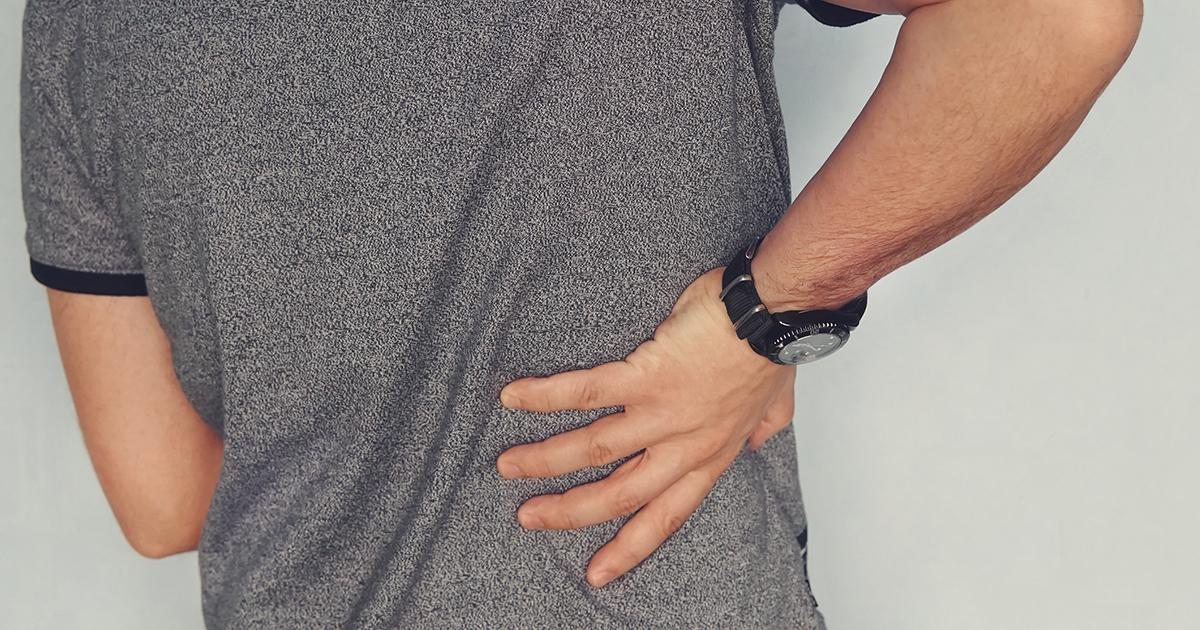Guide To Treating Polycystic Kidney Disease
One of the most prevalent life-threatening genetic diseases is polycystic kidney disease. In fact, it is in the top five causes of kidney failure. Polycystic kidney disease is characterized by a chronic development of cysts filled with fluid in the kidneys. The groups of these cysts are called clusters, and these clusters make the kidneys grow larger than normal over time as well as decreasing the functioning of the kidneys. While most of the cyst clusters manifest themselves in both kidneys, they can develop in other organs of the body like the liver. The biggest risk polycystic kidney disease poses is kidney failure, followed by high blood pressure, and abnormalities of the heart valves. If left untreated or if treated improperly, polycystic kidney disease will eventually lead to death.
Prompt Treatment Of Kidney Or Bladder Infections

Kidney or bladder infections can be dangerous even in individuals without polycystic kidney disease, because patients often assume they are not a big deal. A bladder infection that has gone untreated can easily make its way into the kidneys and cross the barrier into the bloodstream. An infection that has gotten into the bloodstream this way can cause sepsis and even death. Considering how dangerous urinary tract infections are to the general population, it's hard to interpret how very dangerous they can be to the already weakened urinary system of a polycystic kidney disease patient. Because certain functions the kidneys are responsible for performing can be compromised due to the cyst clusters caused by polycystic kidney disease, it is very crucial for a patient who has this disease seek prompt treatment of kidney or bladder infections with antibiotics at the very first signs of it. Patients with polycystic kidney disease should never attempt to flush the infection from their urinary system themselves with alternative treatments because their life can literally depend on it. While treatment protocol is generally the same for non-polycystic kidney disease patients with a urinary tract infection, the brevity of the situation is so much more significant for polycystic kidney disease patients.
Better Control Over Blood Pressure

Many patients diagnosed with polycystic kidney disease found out they had it due to the complication of high blood pressure. The clumps of cysts in the kidneys of polycystic kidney disease patients cause arteries to constrict, making the pathways the blood travels through more narrow. The body's response to this reduction in space the blood and circulatory system can utilize to perform its function of delivering oxygen and nutrients throughout the body, is to raise blood pressure. With higher blood pressure, the blood can maintain its flow throughout the body. While this may sound like a good thing, it often is not. High blood pressure is the leading cause of heart disease, of which some polycystic kidney disease patients may already be exhibiting from heart valve dysfunction caused by their condition. Better control over blood pressure is essential, as by not adequately controlling high blood pressure, polycystic kidney disease patients are increasing the burden on their kidneys to filter the blood and putting extreme amounts of strain on their heart.
